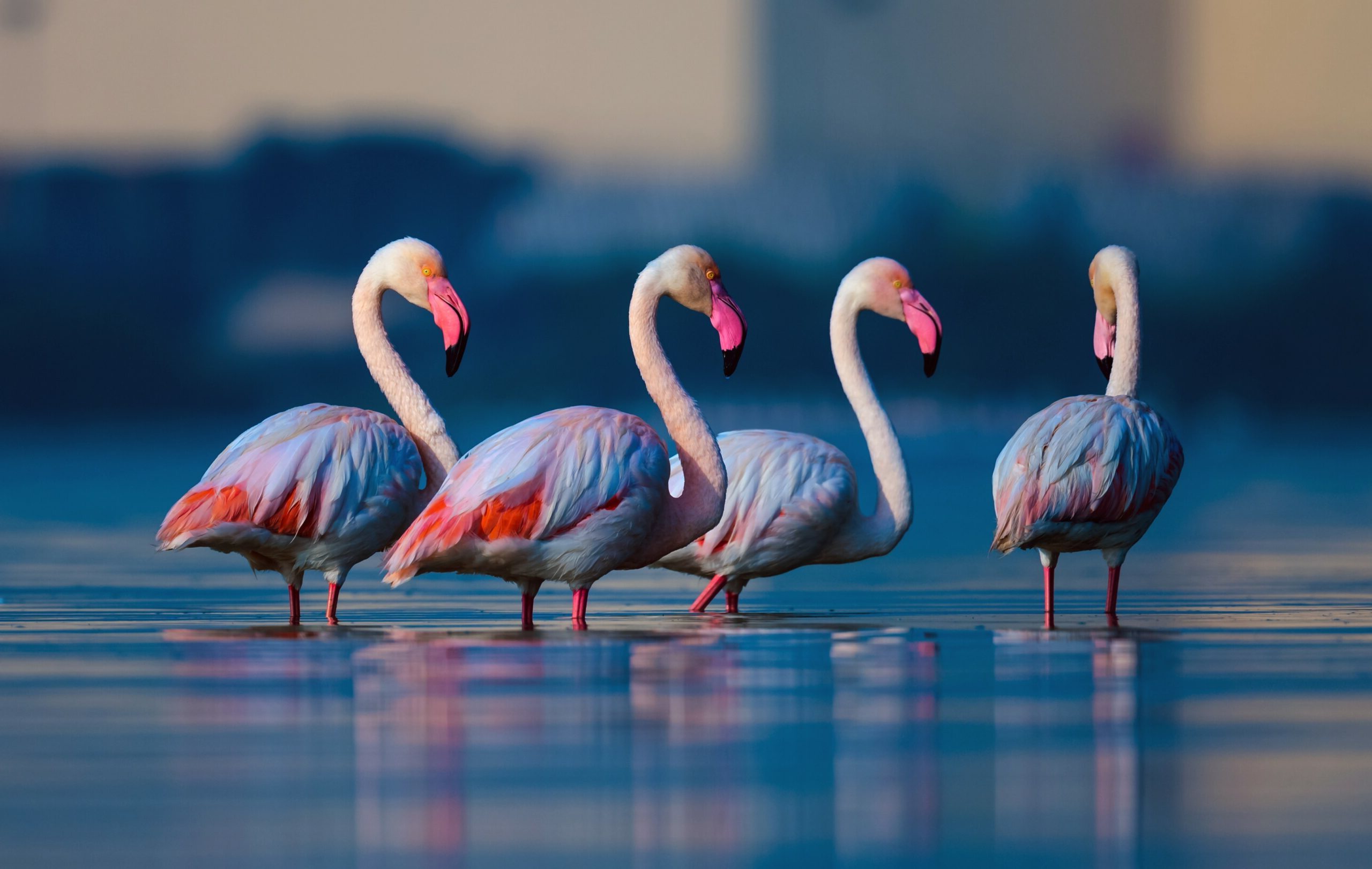
Migratory birds are some of nature's most incredible travelers. Each year, millions of these feathered voyagers embark on epic journeys, covering thousands of miles between breeding and wintering grounds. But why do they migrate? Birds migrate primarily to find food and suitable nesting sites. Seasonal changes in temperature and daylight trigger these migrations, ensuring they reach areas abundant in resources. Along the way, they face numerous challenges, from harsh weather to predators. Yet, their remarkable navigation skills, often guided by the stars, magnetic fields, and even the sun, help them stay on course. Ready to learn more? Here are 24 fascinating facts about these amazing avian adventurers.
What Are Migratory Birds?
Migratory birds travel long distances between breeding and wintering grounds. These journeys can span thousands of miles and involve incredible feats of endurance and navigation. Let's dive into some fascinating facts about these amazing travelers.
- Migratory birds often travel in large flocks to reduce the risk of predation and conserve energy.
- Birds use the Earth's magnetic field to navigate during migration.
- Some species can fly non-stop for days without resting.
- Arctic Terns hold the record for the longest migration, traveling from the Arctic to the Antarctic and back each year.
Why Do Birds Migrate?
Migration is driven by the need for food, breeding sites, and favorable climates. Birds migrate to exploit seasonal resources and avoid harsh weather conditions.
- Food scarcity in winter months prompts many birds to migrate to warmer regions.
- Breeding grounds often provide abundant food and safe nesting sites.
- Climate changes can trigger migration patterns, ensuring birds stay in optimal conditions.
- Day length and temperature changes signal birds to start their migration journey.
How Do Birds Prepare for Migration?
Preparation for migration involves physical and behavioral changes. Birds must be in peak condition to undertake their long journeys.
- Birds increase their body fat to store energy for the trip.
- Feather molting occurs to ensure they have strong, new feathers for the journey.
- Migratory restlessness or "zugunruhe" is observed in captive birds, indicating their instinct to migrate.
- Social behaviors change, with some species forming large flocks for the journey.
Amazing Feats of Endurance
Migratory birds exhibit incredible stamina and endurance. Their journeys are among the most demanding in the animal kingdom.
- Bar-tailed Godwits can fly up to 7,000 miles non-stop from Alaska to New Zealand.
- Swainson's Hawks migrate from North America to Argentina, covering over 6,000 miles.
- Ruby-throated Hummingbirds cross the Gulf of Mexico in a single flight, despite their small size.
- Albatrosses can travel vast distances over the ocean, using wind currents to glide effortlessly.
Threats to Migratory Birds
Migratory birds face numerous threats during their journeys. Human activities and environmental changes pose significant risks.
- Habitat loss due to deforestation and urbanization reduces available stopover sites.
- Climate change affects migration patterns and the availability of food resources.
- Collisions with buildings, wind turbines, and power lines cause many bird fatalities.
- Hunting and poaching remain threats in some regions, despite protective laws.
Conservation Efforts
Efforts to protect migratory birds are crucial for their survival. Conservation initiatives aim to mitigate threats and preserve habitats.
- International treaties like the Migratory Bird Treaty Act protect many species across borders.
- Protected areas and wildlife reserves provide safe stopover and breeding sites.
- Research and monitoring help scientists understand migration patterns and identify critical habitats.
- Public awareness campaigns educate people about the importance of conserving migratory birds.
The Marvel of Migratory Birds
Migratory birds are truly fascinating. Their journeys span thousands of miles, crossing continents and oceans. These incredible creatures rely on instinct, environmental cues, and even the stars to navigate. Some species, like the Arctic Tern, travel from the Arctic to the Antarctic and back each year, covering over 40,000 miles. Others, like the Bar-tailed Godwit, can fly non-stop for days without rest.
Understanding these birds helps us appreciate the delicate balance of our ecosystems. Their migrations signal changes in seasons and contribute to the health of various habitats. Protecting migratory birds means safeguarding the environments they depend on, from breeding grounds to stopover sites.
Next time you see a flock of birds soaring overhead, remember the incredible journey they’re on. Their resilience and determination are a testament to nature’s wonders. Let’s do our part to ensure these journeys continue for generations to come.
Was this page helpful?
Our commitment to delivering trustworthy and engaging content is at the heart of what we do. Each fact on our site is contributed by real users like you, bringing a wealth of diverse insights and information. To ensure the highest standards of accuracy and reliability, our dedicated editors meticulously review each submission. This process guarantees that the facts we share are not only fascinating but also credible. Trust in our commitment to quality and authenticity as you explore and learn with us.


